We could not possibly imagine a world without dams. Reservoirs created by dams not only suppress floods but also provide water for activities such as irrigation, human consumption, industrial use, aquaculture, and navigability. Here are five of the world’s oldest dams which are still in use today.
Kallanai Dam (Grand Anicut)
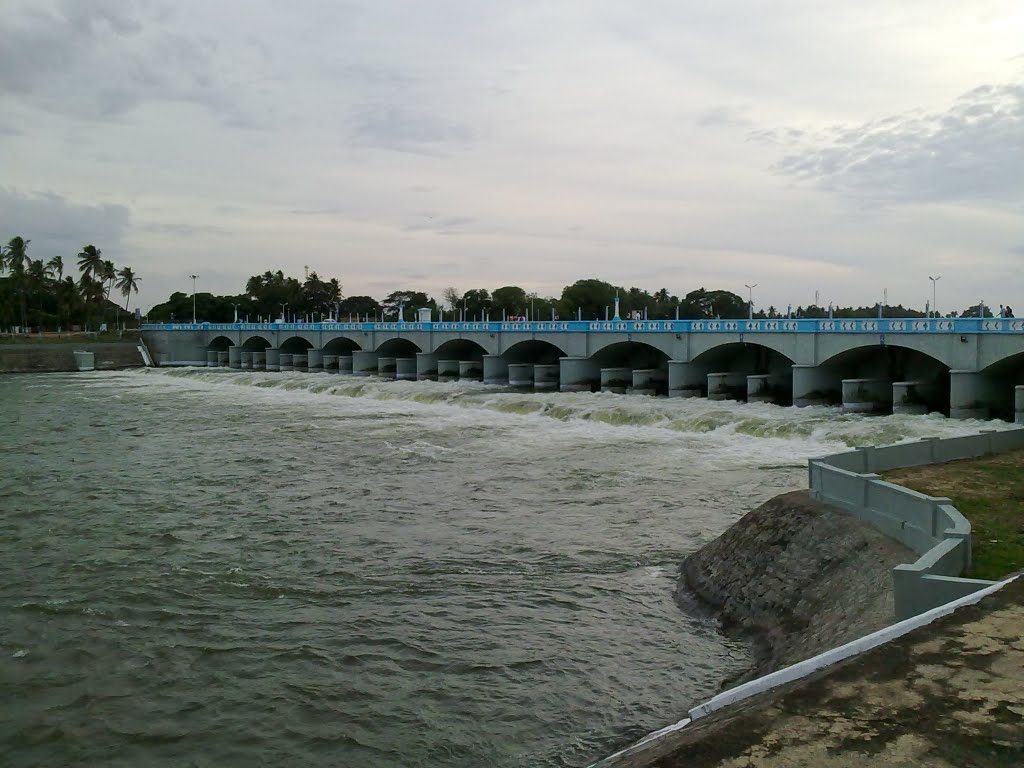
The Kallanai Dam was built during the second century AD by Karikalan, a king of southern India’s old Chola Dynasty and is also one of the oldest irrigation systems in the world that is still in use. The purpose of the dam was to divert the waters of the Kaveri across the fertile Thanjavur delta region for irrigation via canals.
Sayama-ike Dam
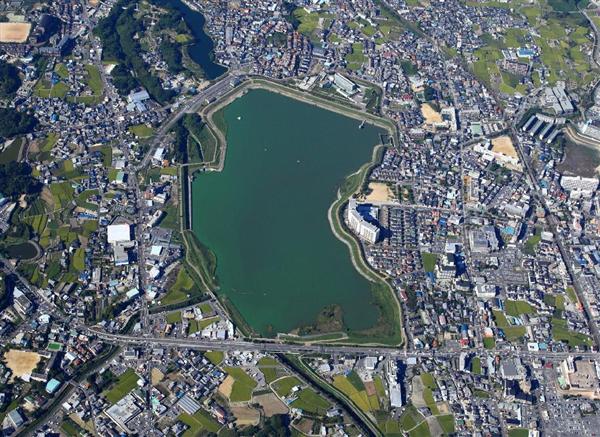
The Sayama-ike Dam was constructed about 1,400 years ago by the order of the Emperor of the time, who said, “There is a shortage of water in Sayama area, which is likely to pose an obstacle to farming. Dig more ponds to promote agricultural development”. This event is recorded in the oldest history book in Japan. The Sayamaike Dam, which is the oldest artificial reservoir in Japan, and whose irrigation system has been used for a very long time, has been rehabilitated and modernized repeatedly since its operation. It is still in use as an agricultural water system.
Proserpina Dam, Spain
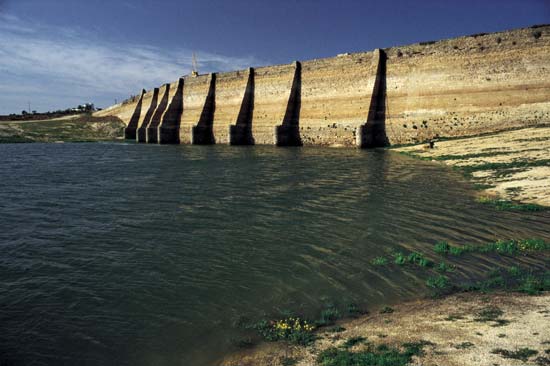
The Proserpina Dam is a Roman gravity dam in Badajoz (province), Extremadura, Spain, dating to the 1st or 2nd century AD. It was built as part of the infrastructure which supplied the city of Emerita Augusta with water. After the fall of the Roman Empire, the aqueduct leading to the city fell into decay, but the earth dam with retaining wall is still in use.
Lake Homs Dam, Syria
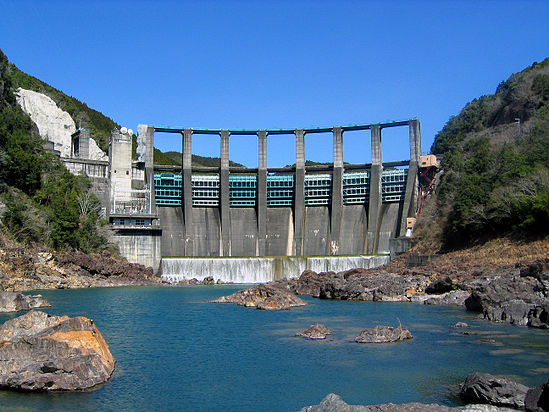
The Lake Homs Dam, also known as Quatinah Barrage, is a Roman-built dam near the city of Homs, Syria, which is in use to this day. Contrary to an older hypothesis which tentatively linked the origins of the dam to Egyptian ruler Sethi (1319–1304 BC), the structure dates to 284 AD when it was built by the Roman emperor Diocletian (284–305 AD) for irrigation purposes. With a capacity of 90 million m³, it is considered the largest Roman reservoir in the Near East and may have even been the largest artificial reservoir constructed up to that time. Remarkably, the reservoir has suffered very little silting since. With a capacity of 90 million m³, it is considered the largest Roman reservoir in the Near East and may have even been the largest artificial reservoir constructed up to that time. Remarkably, the reservoir has suffered very little silting since.
Sadd-e Kobar Dam, Iran
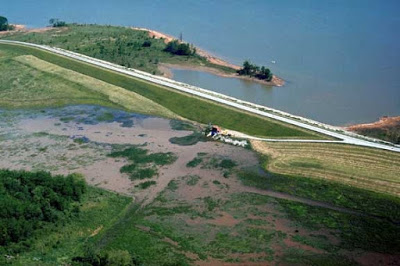
The Sadd-e Kobar Dam on the Kobar River in a 10th-century dam in Iran Built of limestone and clay. It’s a gravity dam that holds back the water entirely by its own weight. It provides protection against floods and supplies water for irrigation purpose.
- World’s biggest single structure house 3D printed in one go - July 27, 2020
- Compulsory registration scheme for NSW professional engineers - June 29, 2020
- The Moore Shire Bituminised Road - June 22, 2020
- Bioinspired Structure with 3D Printing - June 15, 2020
- Doughnut Economics: Amsterdam’s Green Recovery Plan - June 1, 2020
- These 5 cities are turning roads into bike lanes because of coronavirus - May 18, 2020
- Four Australian among the world’s top ten universities best placed to solve the world’s biggest challenges - May 11, 2020
- This is how South Korea is balancing getting people back to work and protecting their health - May 4, 2020
- These 5 cities are turning roads into bike lanes because of coronavirus - April 20, 2020
- What is Concrete Temperature Limit? - April 13, 2020
